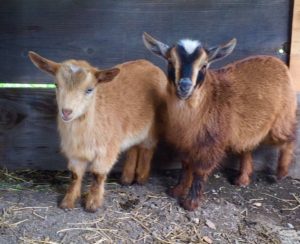-
Feed Chickens This for Super Healthy Eggs!
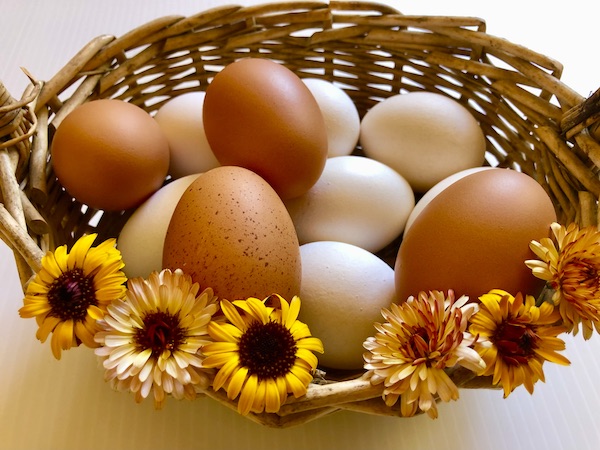
I was recently reading a story about a local couple here in California who are selling their designer eggs to upscale restaurants for $20.00 a dozen. Apparently they feed their chickens superfoods such as acerola cherry and camu camu powders (I had to look these up!) and give them coconut water to drink. While I am in awe that someone would go to such lengths to have healthy chickens and eggs, the truth is, it simply isn’t necessary. You don’t need fancy products to get healthy eggs. Here’s what to feed your chickens to ensure their eggs are as healthy as possible.
Free Range Them
The number one thing you can do to promote healthy egg laying is free range your chickens, which allows them to forage for insects, grains, and grasses. Chickens are natural foragers. But if you simply can’t due to the threat of predators, etc. here’s what you should feed your chickens.
Fresh Water
Access to fresh clean water is the number one thing chickens need to produce healthy eggs. Did you now that an egg is actually half water? Water is incredibly important or your chickens will become dehydrated and your egg production will plummet.
Protein
Insects are high in protein and your chickens will go gaga over them. You can give them worms or bugs from your garden or purchase mealy worms or crickets for them. Mine just loved the grubs I found when splitting wood from a dead tree on the farm. You can also give them cooked eggs, never raw. My chickens love both boiled and scrambled eggs. I also grow wheatgrass from seed as this has a high protein content and my chickens find it very tasty. Grass hay mixed with alfalfa, something I give my goats, I also give my chickens as it adds needed protein for healthy eggs.
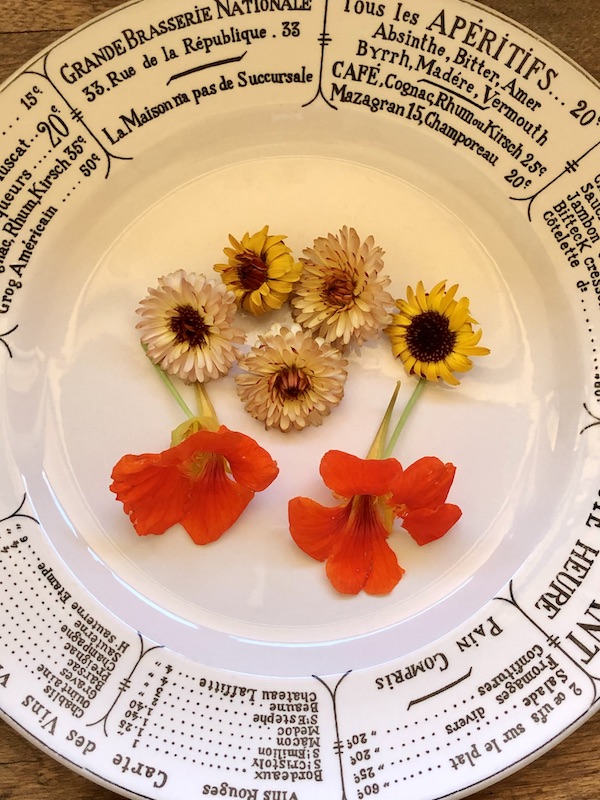
Flowers, Herbs & Vegetables
I give my chickens greens from my garden daily, including spinach, Swiss chard and lettuce. Other vegetables they love include tomatoes, pumpkin, and broccoli. (Do NOT give them avocados as they contain a component known as persin, which is lethal to chickens). In the spring, I forage my farm for wild miner’s lettuce and dandelion greens which they absolutely love to eat. Herbs are also provided from time to time, including basil, mint and oregano. Flowers such as nasturtium, calendula are also good for healthy eggs. Did you know that oregano can help prevent disease in chickens? Studies show that using oregano as well as garlic can help eliminate the need for artificial antibiotics. But if giving chickens garlic, be aware that it can affect the taste of your eggs.
Grains
I only feed my chickens organic chicken feed that has good nutritional value. Other grains you can provide include oats, barley, millet, flax, rye, and sunflower seeds. If you soak the seeds for 1-4 days they will ferment and this will add probiotics to help protect against harmful bacteria such as salmonella and E-coli. I also give my chickens foraged wild grasses which they enjoy scratching and pecking at to get the grain.
Fruits
Healthy fruits for chickens include watermelon, cantelope, cherries, berries and the like.
Calcium
Calcium is necessary to keep both the chickens and the eggs healthy. If you don’t feed them enough calcium, you will notice that the shells on your eggs are thin and flimsy. This can lead to breakage. I prefer to give my chickens oyster shells which you can purchase at most feed stores or online. You can also give them ground up eggshells, but I don’t recommend this as it could lead to the chickens pecking at their own eggs if they are looking for more calcium. A chance not worth taking, because eating their own eggs is a very hard habit to get rid of.
Providing your chickens with a healthy and varied diet will provide you with the healthiest eggs ever. Try to avoid giving them table scraps or foods with little nutritional value. And never give them food that is rotting or spoiled. To find out more about what not to feed your chickens, see 15 Things You Should Avoid Feeding Your Chickens.
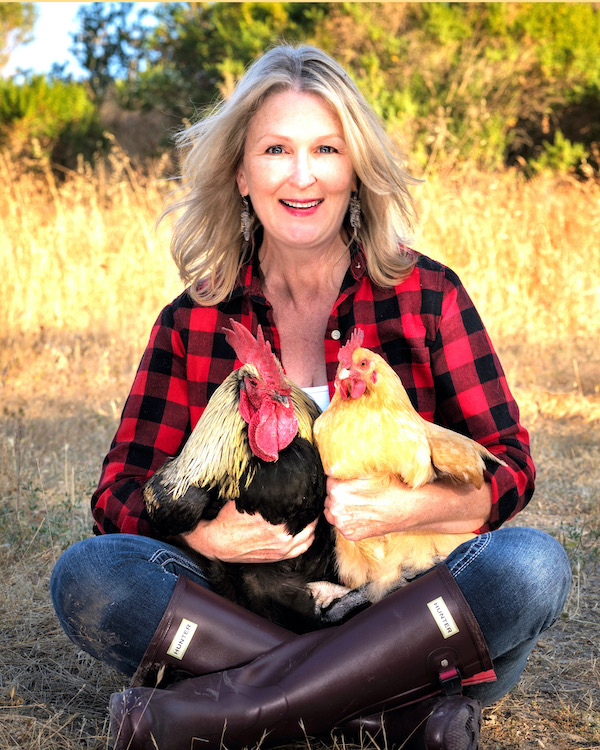
Thank you for visiting my blog! Wishing you peace, love, happiness, and healthy chickens and eggs.
-
Shake Your Tail Feathers at the Monterey County Fair

The 2018 Monterey County Fair’s Theme was “Shake Your Tail Feathers”, which of course, as a chicken mama, I loved. I am also inspired by seeing the dedication of all the young people in 4-H to their animals and to this event. It is clearly a great deal of hard work, and I respect all the effort they put forth.
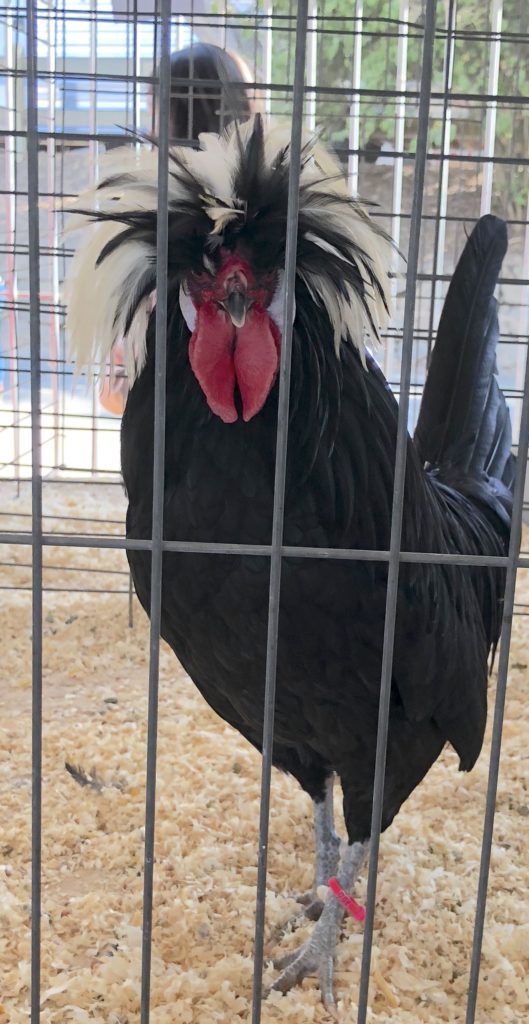
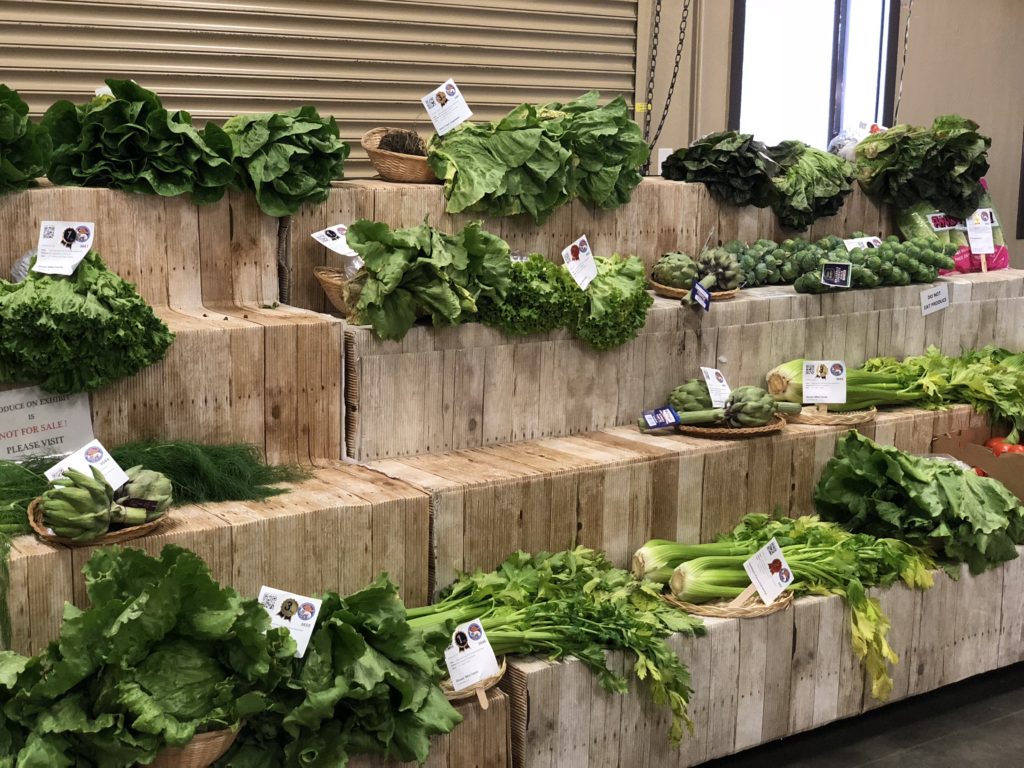
I went the very last day of the fair, which I found out later, was probably not a good idea. The last day, all children under 12 get free admission, which means, it is usually the busiest and most crowded day to go. Yet, for the most part, everyone was very peaceful and unruffled. It actually was moderately calm and low-key, considering the crowds and lines.
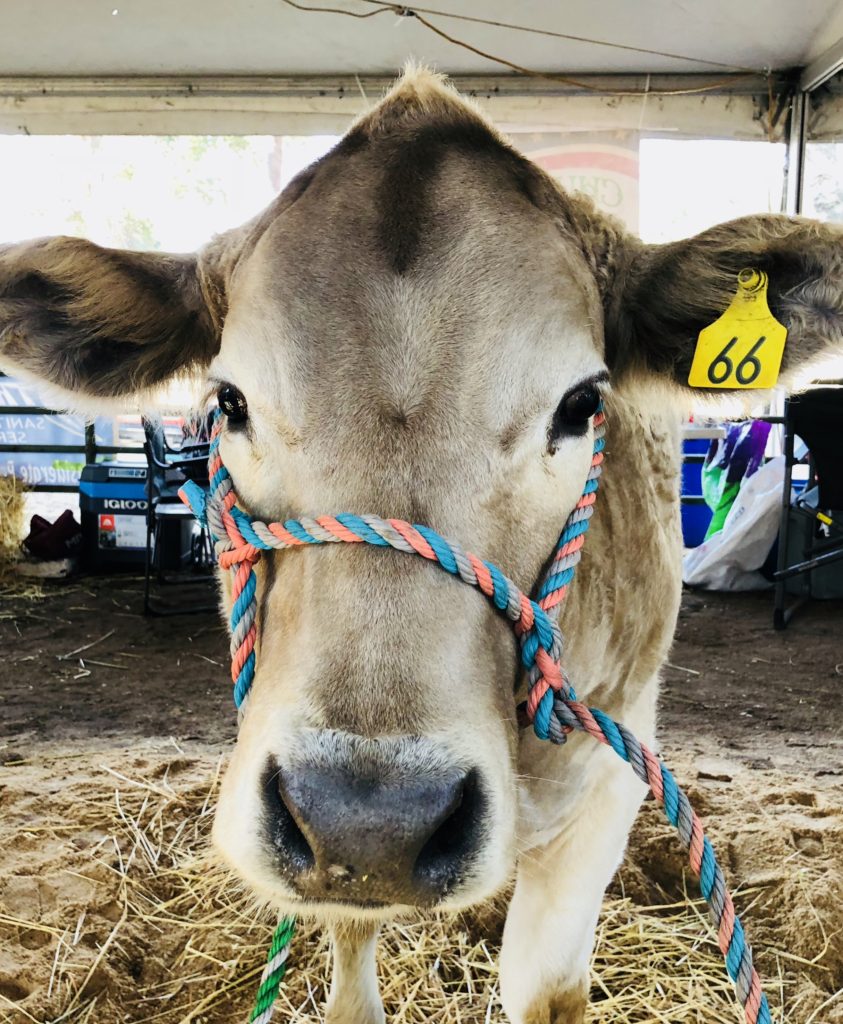
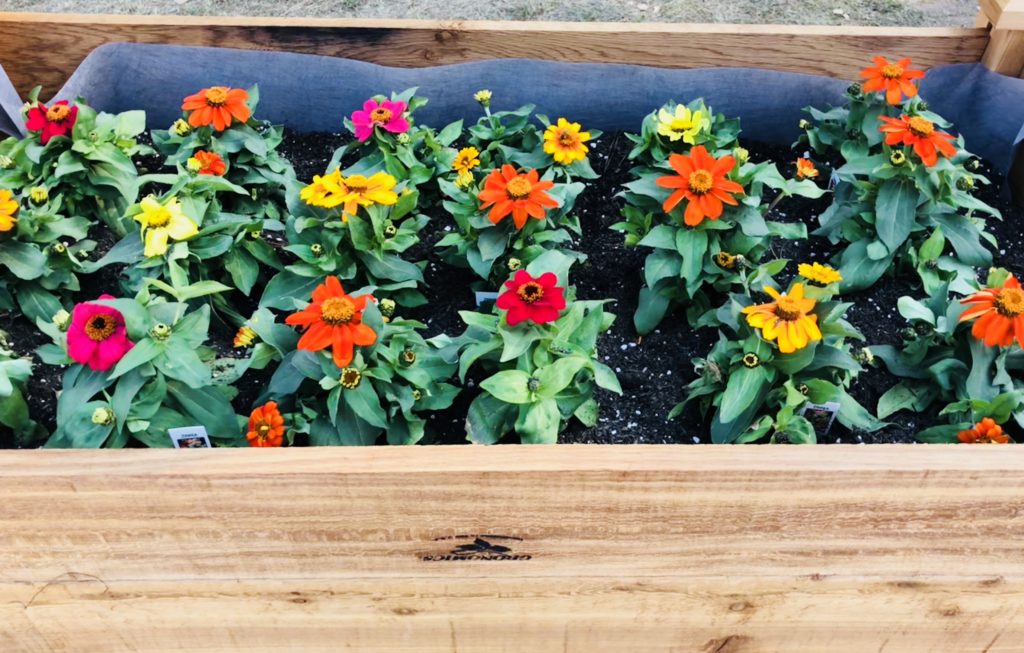

Rides, food, farm animals, musical talent, live entertainment, demonstrations, souvenirs, home-made foods and crafts, ribbons & prizes; the Monterey County Fair is a recipe for good old-fashioned fun for all ages!
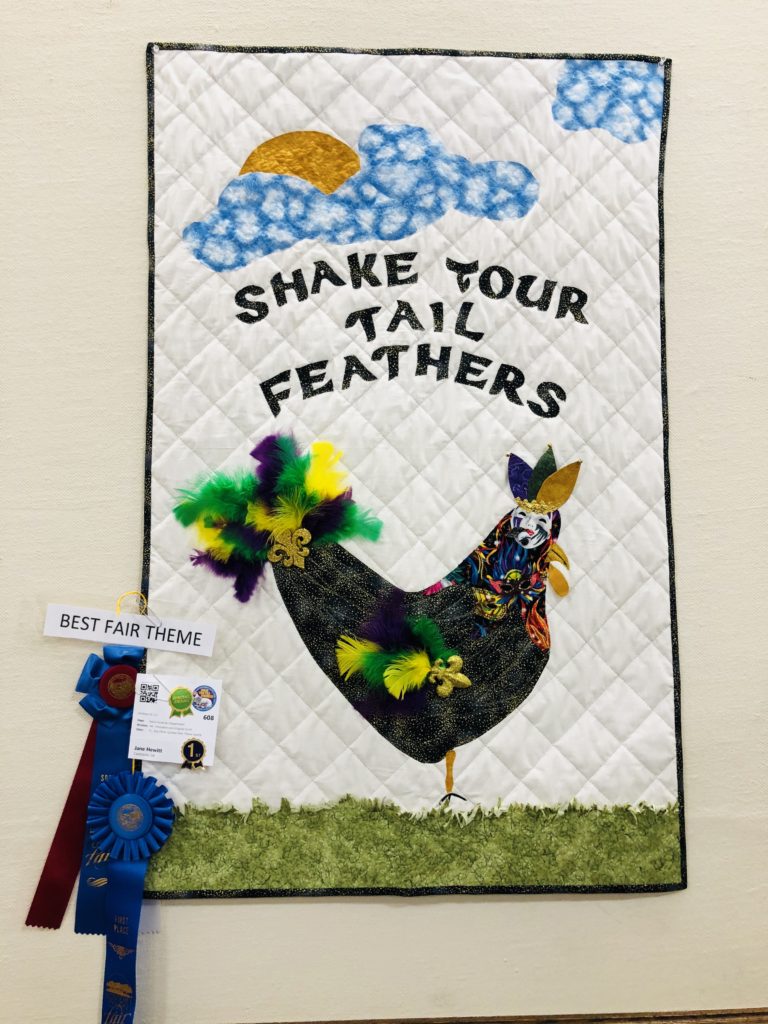
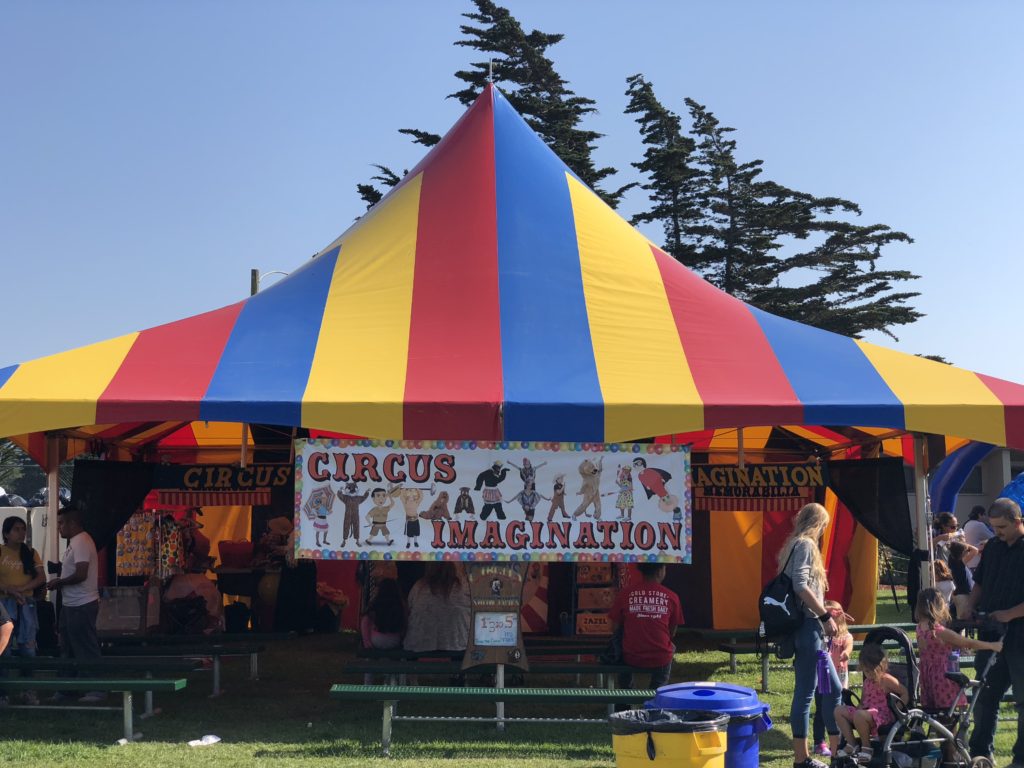
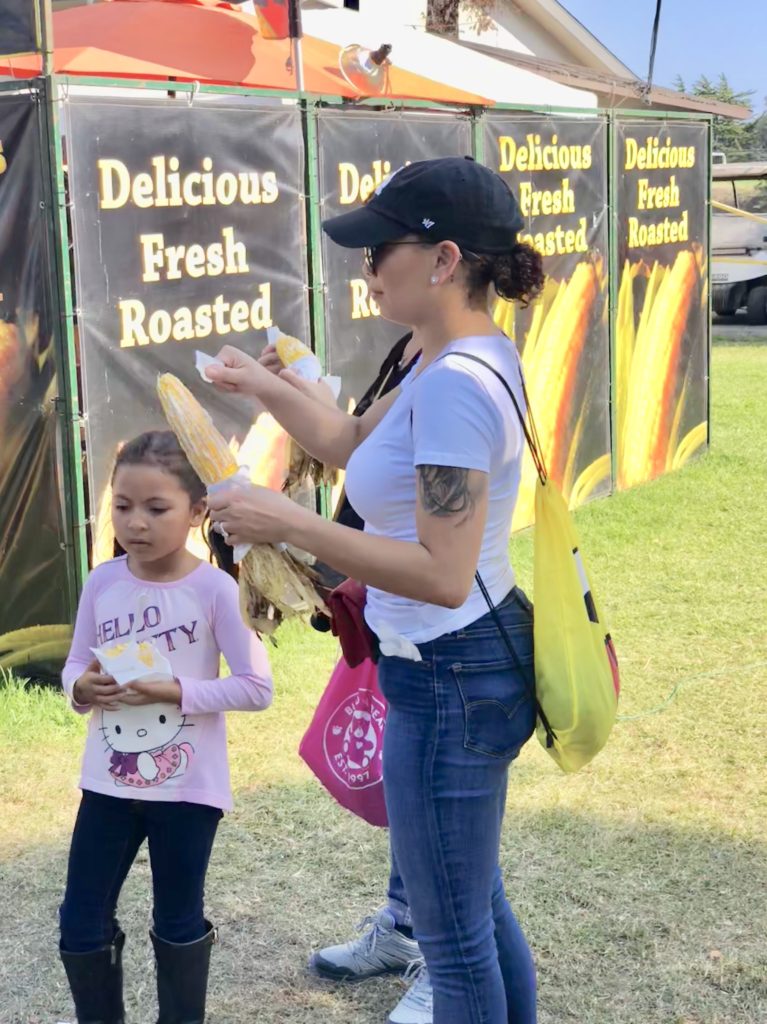
There were even wine tastings from local wineries. We are in wine country, right?

One of my favorite buildings is the Wool Building. I always love seeing the ladies with their spinning wheels, diligently operating their wheels while simultaneously chatting and providing information to visitors. If I ever retire, I want to learn how to operate a spinning wheel. Maybe I will also finish all my crochet and knitting projects too!
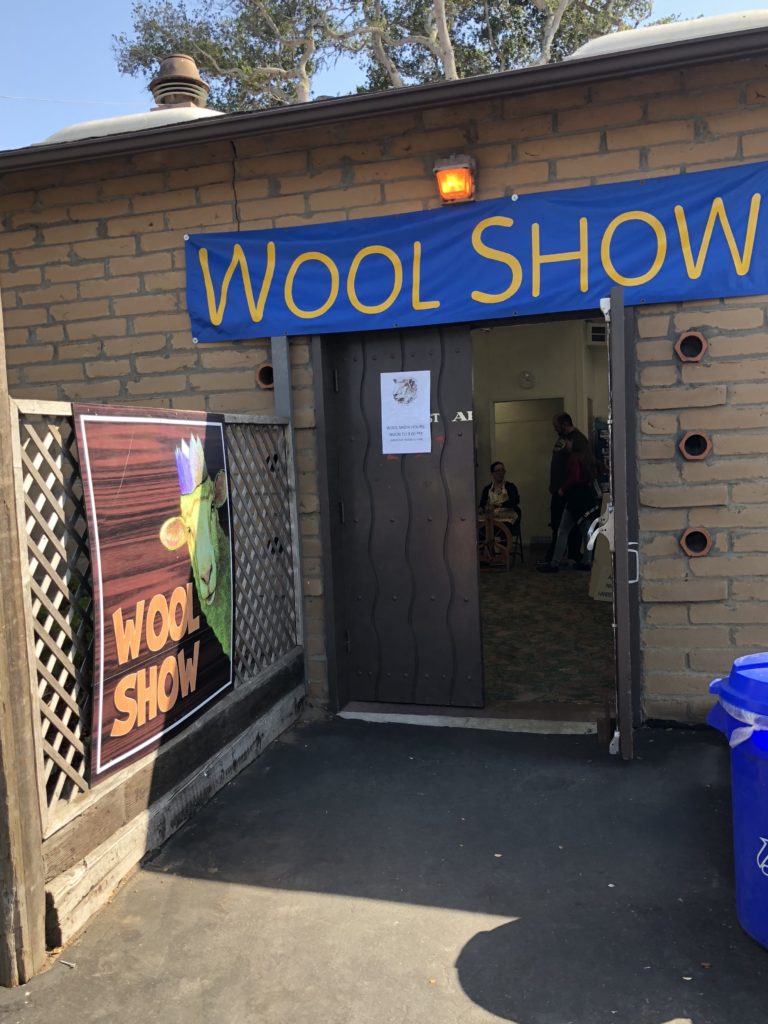
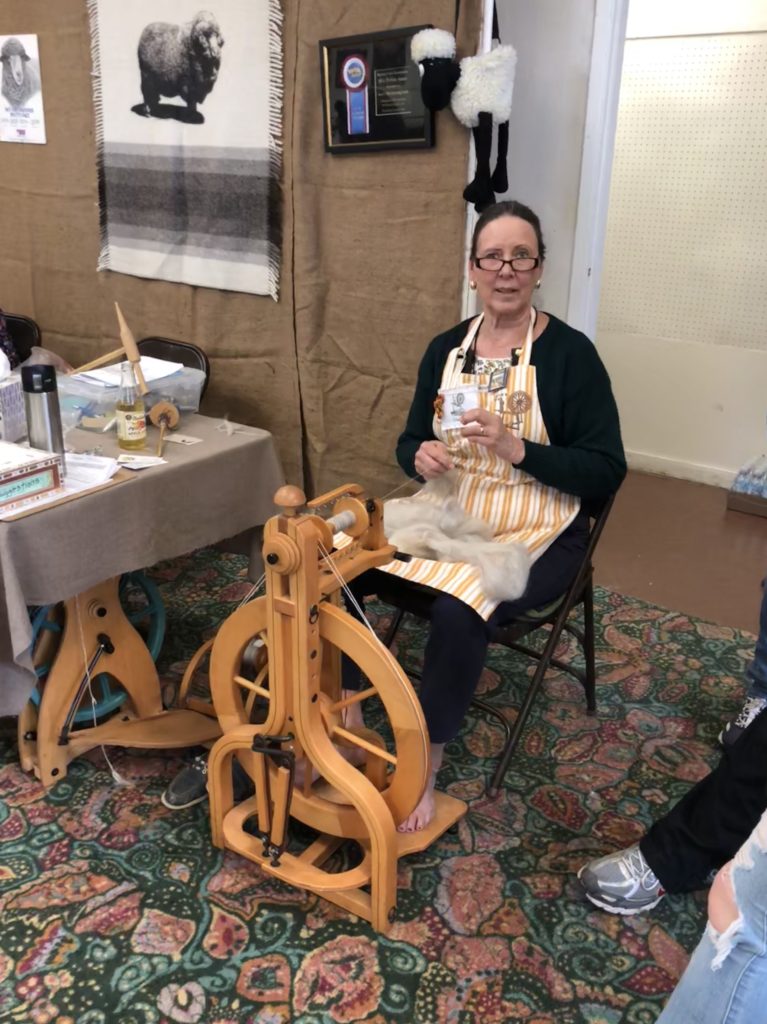
Of course, my very favorite part of the Monterey County Fair is the animals. I wanted to snuggle with all the cute farm animals, but alas, I had to follow the rules and stay outside of their pens. It was especially difficult with Mr. Pig (see photo below) as he was so ridiculously cute and had personality plus! There is just so much to see, smell, hear, taste, and touch. I would highly recommend the Monterey County Fair!
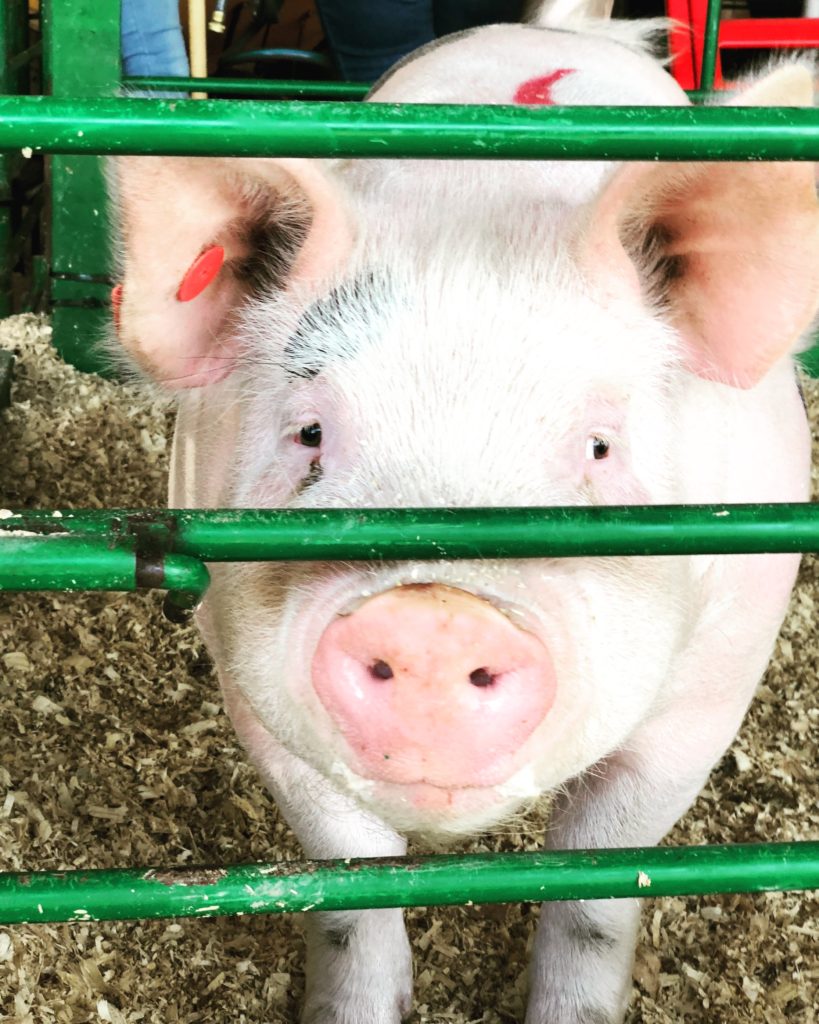
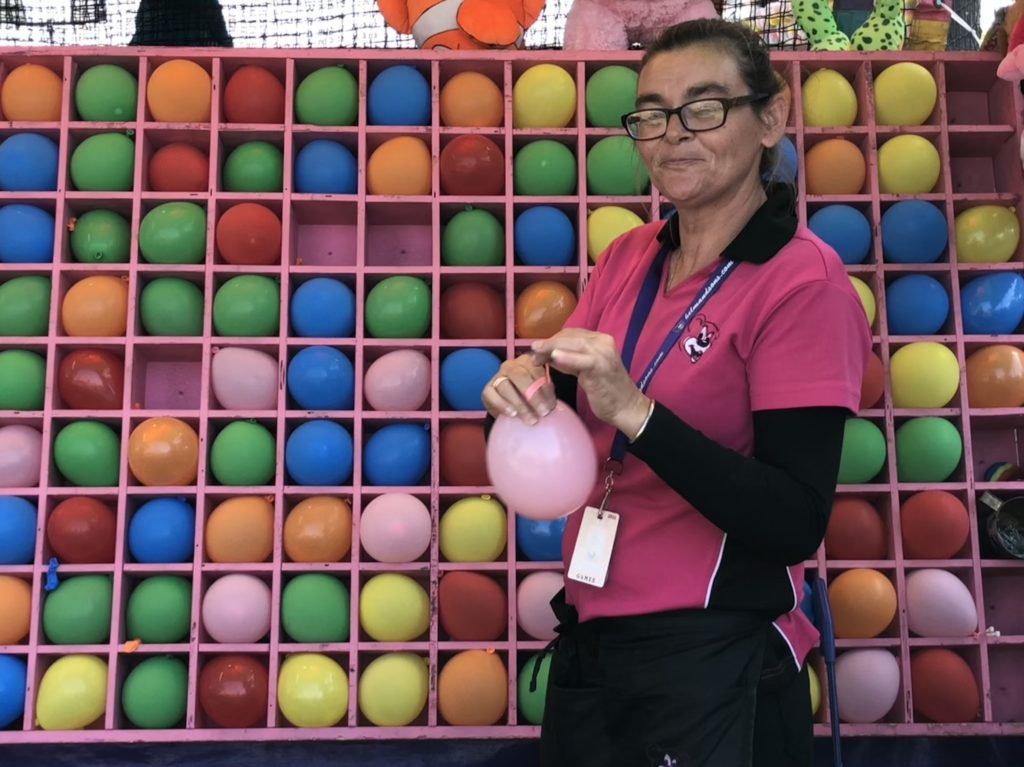
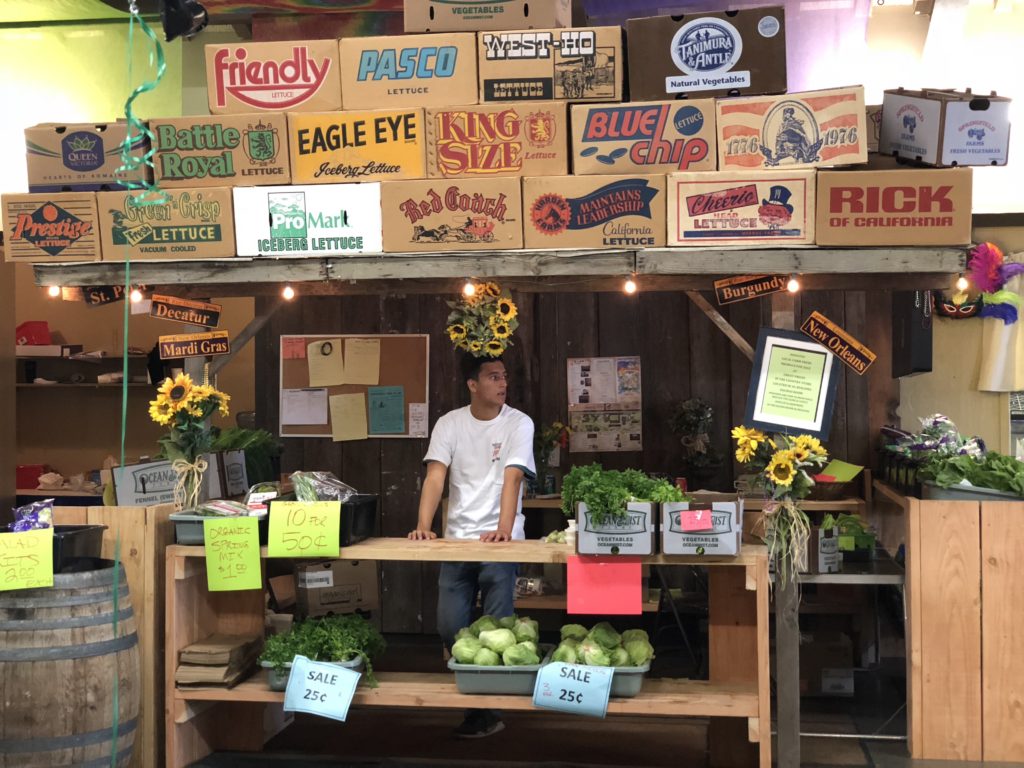
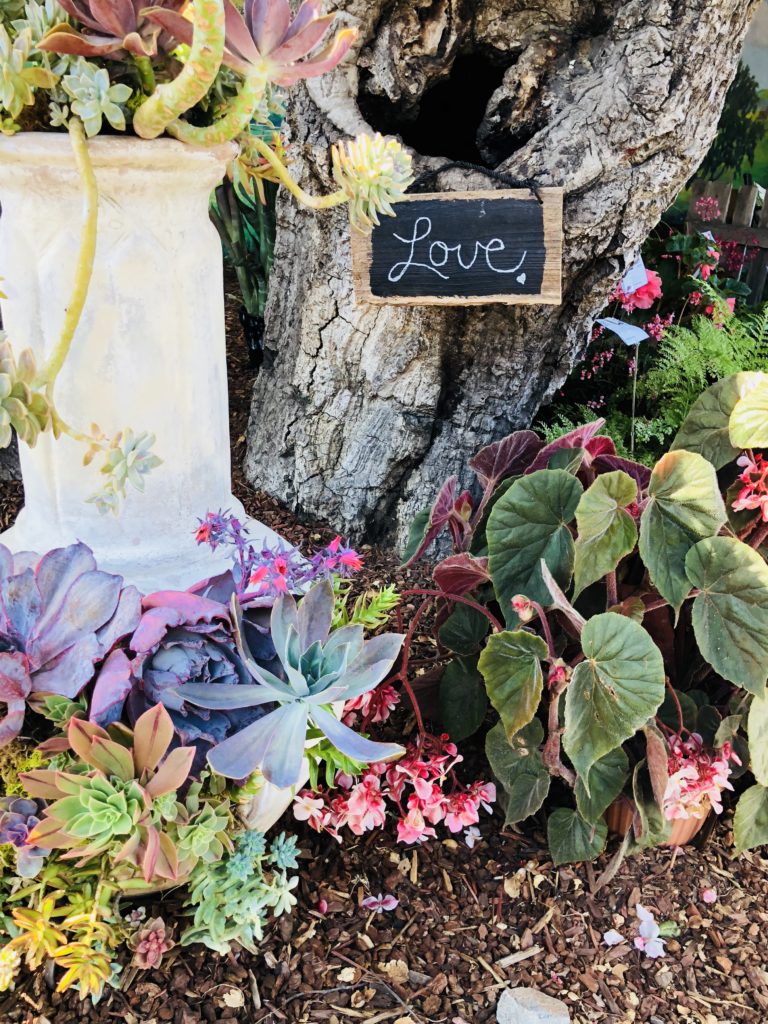
Too much fun! I can hardly wait until next year’s Monterey County Fair. Thank you for visiting my blog. Wishing you peace, love & happiness!
-
15 Things You Should Avoid Feeding Your Chickens
 There is nothing more adorable than watching a hen waddling as fast as she can toward you in anticipation of getting a treat. Her little legs moving as fast as she can, her eyes full of excitement. Giving treats to chickens is indeed a fun experience, but it is good to know which treats are bad for your feathered friends. While most fresh fruits and vegetables are fine to feed your flock, the following is a list of treats you want to avoid.
There is nothing more adorable than watching a hen waddling as fast as she can toward you in anticipation of getting a treat. Her little legs moving as fast as she can, her eyes full of excitement. Giving treats to chickens is indeed a fun experience, but it is good to know which treats are bad for your feathered friends. While most fresh fruits and vegetables are fine to feed your flock, the following is a list of treats you want to avoid.Do NOT feed chickens the following, as they can be TOXIC:
- Apple seeds. If you are going to give your chickens apples, make sure to first remove the seeds, as they contain amygdalin, a substance that releases cyanide into the bloodstream when digested.
- Green or sprouted white potatoes. They contain a toxin called solanine, which affects the nervous system (it’s bad for both birds and people). Sweet potatoes are fine to feed chickens!
- Avocados. The pits and skins contain the toxin persin, which can be fatal to chickens. The fleshy part is safe to give them in moderation.
- Chocolate. Chocolate contains theobromine, which is toxic to birds and many other pets.
- Uncooked beans, rice or legumes. Uncooked beans contain a toxin called hemaglutin which is dangerous to chickens. Cooking the beans before serving them to the chickens is ok as this kills the toxin.
- Raw eggs. Your chickens may enjoy the taste of raw eggs so much they will eat them from their nesting boxes. It is best to either scramble or boil eggs before feeding them to your flock prevent this.
- Onions, chives, and garlic. These affect the flavor of your hen’s eggs and can contribute to the development of Heinz Anemia.
- Rhubarb. Rhubarb contains oxalic acid, which can cause calcium deficiency. Prolonged exposure can lead to kidney failure.
- Really salty foods. Some salt is okay, but too much can be deadly.
- Moldy food. Never feed any foods that are moldy or rotten. If you wouldn’t eat it, they shouldn’t eat it either.
- Raw meat. Never, ever feed your poultry raw meat. It can carry parasites and diseases. It may also lead to aggressive behavior and cannibalism in your flock.
- Dairy. Chickens aren’t able to digest lactose, but if you want to give small amounts of yogurt, it’s ok. Just know that dairy can cause diarrhea. A good substitute for dairy would be oyster shells.
- Grass clipping and pulled weeds. Never provide this to your chickens as it can lead to an impacted crop. It’s best to let them forage for themselves.
- Raw peanuts. Feeding chickens these legumes is a big NO. They contain a trypsin inhibitor (trypsin is an enzyme that the pancreas makes to help the intestines absorb protein) and can be deadly.
- Eggplant peelings. The flesh is ok, but the peels contain solanine which is toxic.
My chickens prefer the following treats: strawberries, cantaloupe, watermelon, grapes, lettuce, kale, Swiss chard, and broccoli. Let me know what treats your chickens enjoy! Thank you for visiting my blog. You may also enjoy Hen House Inspiration: The 20 Cutest Chicken Coops Ever! and Common Chicken Sayings. Wishing you peace, love, joy, and happy chickens!
-
Hen House Inspiration: The 20 Cutest Chicken Coops Ever!

- The Versailles-inspired Coop. Offered by Nieman Marcus for a mere $100,000.00, this posh abode contains multiple levels, including a nesting area, a living room for nighttime roosting, a broody room, “a library filled with chicken and gardening books for visitors of the human kind”, and last, but not least, an elegant chandelier.
.
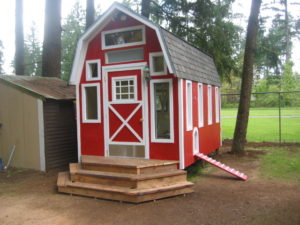
2. The Little Red Barn by GopherBoy Farms. This was built entirely from junk, scraps, and odds and ends. I would say he did a pretty good job, and I bet his chickens would agree.
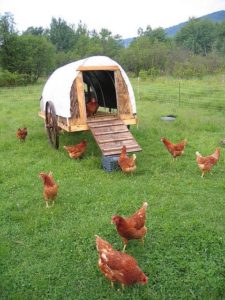
3. A chicken tractor from My Chicken Home would entice even the fussiest hen. A chicken tractor is basically a chicken coop that has wheels so that you can transport the coop to various areas on your property. It will also protect your chickens from being harmed by predators.
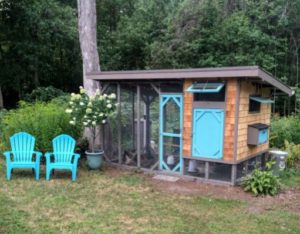
4. This turquoise trimmed coop was pieced together with “salvaged and repurposed” materials. Source: Good Enough.
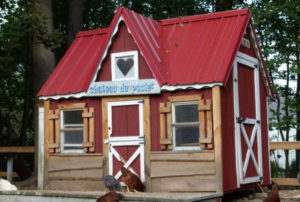
5. This darling coop by Crafty Farm Girl began life as a playhouse. Super cute!

6. Holier-than-thou chickens need their own church coop! This coop was originally posted on Craigslist in the Seattle area, and for some lucky poultry, their prayers must have been answered.

7. This rustic coop from freecycleusa.com is made of recycled materials. Love the cute little weather vane!
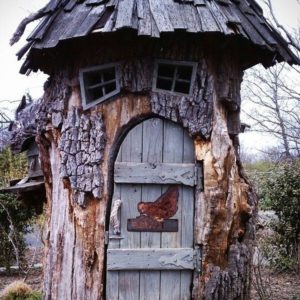
8. A Tree Trunk Chicken Coop. For real? This is in an industrial park in New York. Source: Flickr
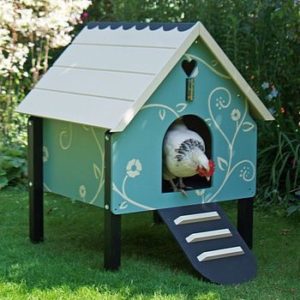
9. This tiny teal coop from England can house up to three chickens and is adorable! Source: Oakdene Designs.

10. A medieval looking stone coop looks like something out of Game of Thrones! Source: Kalla.
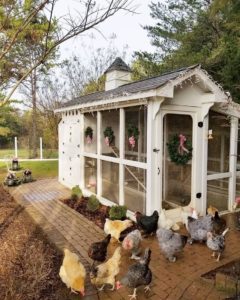
11. Chickens like Christmas Cheer too. This owner decorates her beautiful walk-in coop with wreaths for the holidays. Souce: happydaysfarm.

12. This kooky coop reminds me of Pippi Longstocking or Baba Yaga. Definitely one-of-a-kind! Source: roseapples.tumblr.com.

13. Victorian Charm is in the details with this carefully constructed coop by The Bird House.
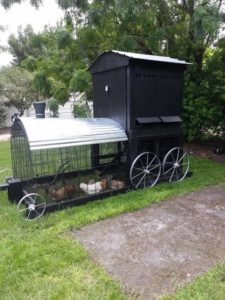
14. All aboard the chicken express! Another tractor, this one is ready to chug down the train tracks. Source: thepoultryguide.com

15. This mint green coop (countryliving.com) is so darling it looks like a doll house.
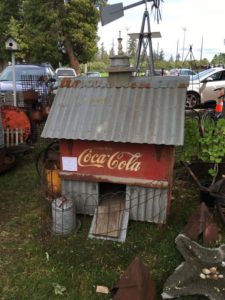
16. This whimsical Coca-Cola and tin coop from montanahappy.com is perfectly petite and adorable.
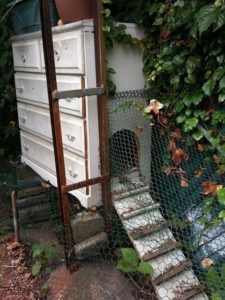
17. An old chest of drawers has been repurposed into a diminutive coop
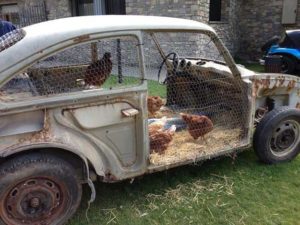
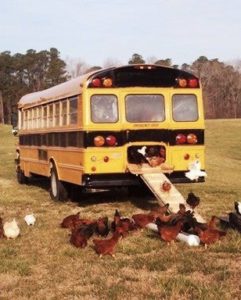
18. Old vehicles can also be transformed into coops. The “cluck bus”, from Community Chickens is home to more than a handful of hens! This old car (source: alternet.org) has also been converted.
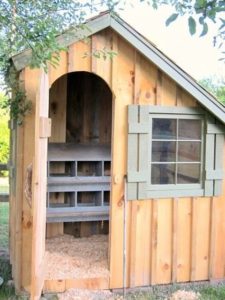
19. This quaint coop is plain and simple. From Homestead Revival.
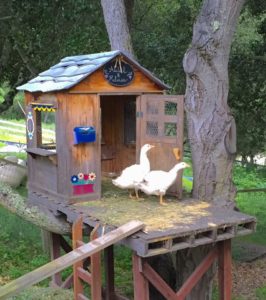
20. I initially converted this treehouse into a home for my two geese, Abelard and Heloise, but have since turned it over to two of my chickens.
Wishing you peace, love, & happiness!
-
Common Chicken Sayings
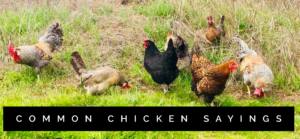
It is amazing to me that so many everyday sayings refer to chickens. The following is a list of phrases referencing chickens.
Be chicken- to be afraid
Nest egg – to save a little money each week
Scratching out a living – to earn enough to get by on
Don’t count your chickens before they hatch – don’t plan on something before it actually happens.
Don’t put all your eggs in one basket – don’t plan on an outcome before it actually happens.
Chicken feed – small amount of money
Feather your nest – saving for the future
Hen house – large number of females living in the same house
Mother hen – very protective
Madder than a wet hen – very angry
Fussing like an old hen – angry
Scarce as hen’s teeth – extremely hard to find
Chick – a woman
Hen-pecked – nagged
The rooster may crow but the hen delivers the eggs
Rooster games – willing to fight instead of trying to work out a problem
Flew the coop – gone
Up with the chickens – waking early with the sunrise
Walking on eggshells- treading softly where certain people are concerned; trying not to upset someone
Like a chicken with it’s head cut off – running around with no direction
Shake a tail feather – get moving
Strutting’ your stuff – Showing off
Bird brain – senseless
Dumb cluck – senseless
Ruffle your feathers – something annoys you
Chicken hearted – Not brave
No spring chicken – An old person
Hatch an idea – put a plan into motion
Egg on your face – caught in an untruth
Rule the Roost – to be the boss
Pecking order – hierarchy, your rank
Play Chicken – a stand off, who will give first
Brood over it – to worry over a problem
Chicken scratch – poor handwriting
Bad egg – less than honest person; poor moral standards
You have to break eggs to make an omelet – sometimes you need to make a mess to get something done
It’s not what it’s cracked up to be – disillusionment
I hope you enjoyed this! Happy Tuesday!
-
When Your Chicks Have Hatched, 7 Easy Steps
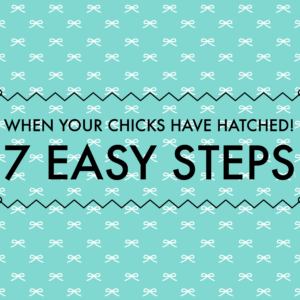
So your chicks have hatched! What next? You will need the following supplies: Large Rubbermaid Bin, at least 20”x 34”, without lid; Newspaper; Clip-on Brooder Heat Lamp OR Brinsea Ecoglow*; Chick Feeder; Chick Waterer. This is for hatches of 10-12 chicks or LESS.
1. Spread newspaper on bottom of bin. I like newspaper because it’s free and is easy to change. You should replace soiled newspaper at least every 2-3 days.
2. Firmly attach heat lamp to side of bin with lamp directly over inside of bin or place Ecoglow along the inside of the bin. Plug cord into electrical outlet. *As I mentioned in “8 Steps to Perfect Chick Hatching”, I prefer the Ecoglow because it is safer than the Lamp. As the chicks grow they will become much more active and adventurous, climbing and flying. They can potentially knock the heat lamp down. This happened to a friend of mine and she came home to find a fire in her coop. Not good! Also, the Ecoglow is much cheaper to run and will save you money in the long run, especially if you are planning multiple hatches. Another plus to the Ecoglow is that it has three adjustable heights: lowest for newborns, medium at around two weeks old, and the top height when they reach four weeks.

3. Fill the chick waterer and chick feeder and place near the Ecoglow. Newborn chicks need quick access to food and water. Later, you can move these further away to help maintain cleanliness. 24-36 hours after hatching, move the chicks from the incubator to the bin, ensuring they are beneath the heat lamp or Ecoglow. You may need to adjust the height of the heat lamp: if the chicks are snuggled tightly together and crying it may be too high. If they are scattered on the outskirts away from the heat lamp it may be too low. Happy chicks may peep and bustle about but will not cry. Make sure that chicks understand how to drink; you may need to dip their beaks gently into the water at first. Usually, once one or two chicks have mastered this, the others will imitate them.
4. Frequently check your chick’s bottom for “pasty butt”, a condition where poop builds up in a hard little clump on the feathers surrounding the chick’s vent and prevents further pooping. This can result in death. Gently remove the poop clump using a soft cloth and some petroleum jelly or mineral oil.
5. Keep chicks in the bin for 4-6 weeks, at least until the feathers covering their undersides have come in, before moving them to a bigger coop.
-
Farm Life in the Monterey Countryside in June


It’s life on the farm as usual. A bluebelly lizard is performing push-ups on the woodpile. He looks at me as if to assess my reaction. My goats, Anushka and Aliyah, are grazing nearby, chewing dead leaves and nibbling the moss on the fence posts. Harold, the rooster, stands nearby, and at times dances over to me, shaking his tail feathers. We have a love/hate relationship, Harold and I. He is either attacking me or flirting with me. He lives with Anushka and Aliyah in the little goat house and I believe he thinks he is a goat. Anushka and Aliyah love to eat, and unfortunately, are starting to eat their goat house just as Hansel & Gretel ate their gingerbread house in the fairy tale. Wildflowers are starting to bloom: pink shooting stars, deep purple lupines, and wild yellow jonquils are scattered over the hillside. Baby quails totter after their parents, who seem to cry out “Be careful! Be careful!” Hopefully, your weekend is filled with much peacefulness and happiness!
